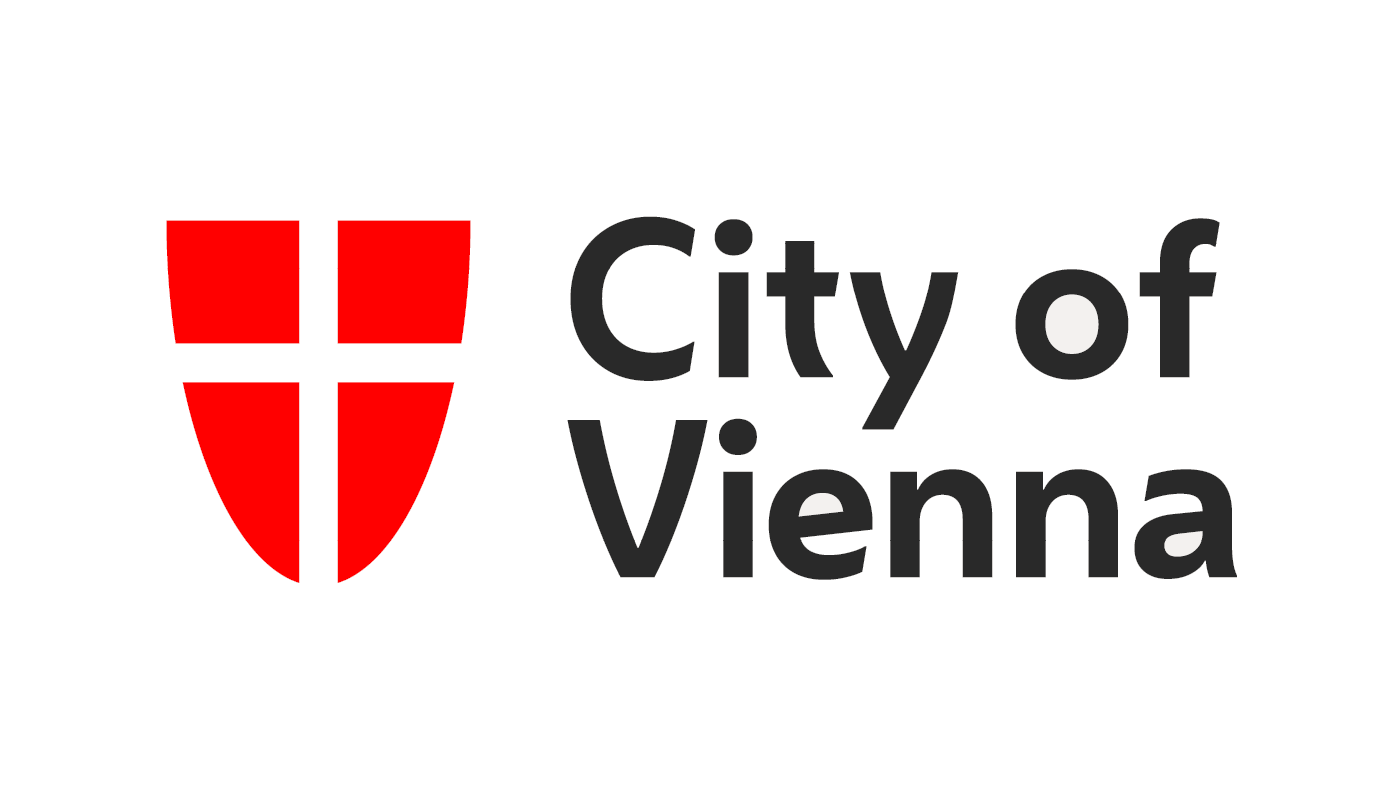In dieser Studie geht es um die Chancengerechtigkeit im Wiener Gesundheitswesen. Öffentliche Gesundheit und Gesundheitsversorgung stehen vor Ressourcenbeschränkungen, selbstbezogenen versus anderenbezogenen Präferenzen und der Notwendigkeit, effizienter zu werden und gleichzeitig die Kosten zu senken, ohne die Qualität zu beeinträchtigen. Dadurch ergeben sich verschiedene ethische und moralische Fragen und Herausforderungen. Diese Bedenken erfordern zwangsläufig eine Beteiligung des Staates, der durch Steuerung und Governance eingreifen muss. Regierungen streben dabei an, das (gesamte) Nutzen zu fördern, den Wert für das Geld zu erhöhen und die Gesundheitsgerechtigkeit zu fördern, unter Einhaltung der Grundsätze der distributiven und prozeduralen Gerechtigkeit (Hecht et al. 2019). Weltweit haben Nationen eine Vielzahl von Möglichkeiten gefunden, um diese Ziele zu erreichen und zu verbessern. “Moralische Rechtfertigungen für öffentliche Gesundheitsmaßnahmen, einschließlich des Gesamtnutzens, der kollektiven Effizienz, der distributiven Fairness und der Schadensverhütung, werden durch die Untersuchung globaler humaner Gesundheitsressourcen unter Berücksichtigung von Effizienz, Gerechtigkeit, Rechten und anderen ethischen Fragen betrachtet” (Merritt & Hyder 2019, S. 109). Bei der Suche nach Gerechtigkeit “müssen wir auch darüber nachdenken, wie das gemessene Gut verteilt wird. Nicht-korrelative Prinzipien versuchen nicht, wie viel jeder Einzelne erhält, mit anderen Fakten über diesen Einzelnen in Beziehung zu setzen, während korrelative Prinzipien dies tun” (Persad 2019, S. 36).
Die öffentliche Gesundheit zielt darauf ab, die negativen Auswirkungen der sozioökonomischen Determinanten von Gesundheitsergebnissen zu mildern und Ungleichheiten in der Gesundheit zu bekämpfen (Venkatapuram 2019). Diese Muster und Gradienten, die individuelle, gemeinschaftliche und öffentliche Gesundheit beeinträchtigen, werden sogar für vulnerable, hochriskante und marginalisierte Bevölkerungsgruppen verschärft. Solche gesundheitlichen “Belastungsfaktoren können historische Ungerechtigkeiten, Diskriminierung und Stigmatisierung sowie einzigartige soziale oder physische Bedürfnisse, Einschränkungen oder Verwundbarkeiten umfassen. […] Zu den betroffenen Gruppen gehören ältere Menschen, Kinder und Jugendliche, Personen mit psychischen Erkrankungen, Personen mit Behinderungen, sexuelle und geschlechtliche Minderheiten sowie Einwanderer und Flüchtlinge” (Bernheim & Fenton 2019, S. 175).
Dieses Projekt entnimmt vier thematische Blöcke aus dem oben genannten:
Es ist notwendig, den Status quo vulnerabler Gruppen und Minderheiten im Hinblick auf (öffentliche) Gesundheit genauer zu untersuchen. Dies erfordert Forschung zu den Auswirkungen sozioökonomischer und gesundheitsbezogener Merkmale auf die Gesundheitsversorgung bestimmter Bevölkerungsgruppen in einer heterogenen Gesellschaft. Bei einem Vergleich der Nachfrage- und Angebotsseite der Gesundheitsversorgung müssen Muster von (Un)Gerechtigkeit in der Gesundheit sichtbar gemacht werden. Folglich ist es unerlässlich, Überlegungen zur distributiven Gerechtigkeit bei der Gestaltung jeder Gesundheitspolitik und jeder Änderung im Gesundheitssystem einzubeziehen, insbesondere in Bereichen, in denen Ressourcenknappheit und die entsprechende Allokation verschärft sind, aber auch in Bereichen der bestehenden Trägheit. Zuletzt besteht die Notwendigkeit, die Rolle des Staates und privater Einrichtungen im Gesundheitswesen anzusprechen, da das (öffentliche) Gesundheitswesen mehrere gemeinsame und öffentliche Güter umfasst. Dies bezieht sich auf das, was als "öffentliche-privat-Mischung" im Gesundheitswesen bekannt ist, sowie auf "ein-gegliedertes" versus "zwei/mehrstufiges Gesundheitswesen". Ausrichtend auf diese vier Themenblöcke frage ich: Welche Auswirkungen haben asymmetrische sozioökonomische Determinanten von Gesundheit und Gesundheitsdisparitäten auf den Zugang, die Erschwinglichkeit und Bereitstellung von Gesundheitsversorgung? Was betrachtet die Wiener Bevölkerung als gerecht oder ungerecht im öffentlich-privaten Gesundheitssystem der Stadt in Bezug auf den Zugang, die Erschwinglichkeit und Bereitstellung von medizinischen Interventionen und Gesundheitsversorgung? Welche Gesundheitsungleichheiten werden sichtbar, wenn man populationsbezogene Bedürfnisse mit Mängeln im Zugang, der Erschwinglichkeit und Bereitstellung von Gesundheitsversorgung vergleicht? Welche Gesundheitspolitiken und Ressourcenallokationen bevorzugt die Wiener Bevölkerung im öffentlich-privaten Gesundheitssystem der Stadt?
Zunächst werden die Zusammenhänge zwischen sozioökonomischem Status und Gesundheitszustand mit der wahrgenommenen Zugänglichkeit, Bezahlbarkeit und Bereitstellung von Gesundheitsversorgung aufgeklärt, um Ungleichheiten im Gesundheitswesen zu identifizieren. Zweitens wird der Vergleich von Wahrnehmungen und Einstellungen im Zusammenhang mit dem sozioökonomischen Status und dem Gesundheitszustand dazu dienen, abgeleitete Präferenzen zu ermitteln. Es wird möglich sein, zu analysieren, welche sozioökonomischen Schichten, vulnerablen und marginalisierten Bevölkerungsgruppen sowie die breite Öffentlichkeit welche Politikmaßnahmen für Zugänglichkeit, Bezahlbarkeit und Bereitstellung bevorzugen. Die sukzessiven ausgesprochenen Präferenzen werden explizit den “Effizienz-Gerechtigkeits-Trade-Off”, das Gleichgewicht des “öffentlichen-privaten Gesundheitsversorgungsmix” und die Spannung zwischen “ein- und zweistufiger Gesundheitsversorgung” berücksichtigen. Schließlich moderieren soziale Normen der Solidarität, die als individuelle Praktiken in menschlichen Beziehungen zum Ausdruck kommen, die Beziehung zwischen sozioökonomischem und individuellem Gesundheitszustand und den Präferenzsets. Letztendlich geht es darum, was Peragine (1999, S. 37) als ” (i) die Messung der Möglichkeiten von Einzelpersonen, (ii) die Messung des Grades der Ungleichheit in einer Verteilung von Möglichkeiten und (iii) die Gestaltung von Umverteilungsmechanismen zur Erhöhung des Grades der ‘Chancengleichheit'” bezeichnet hat.


